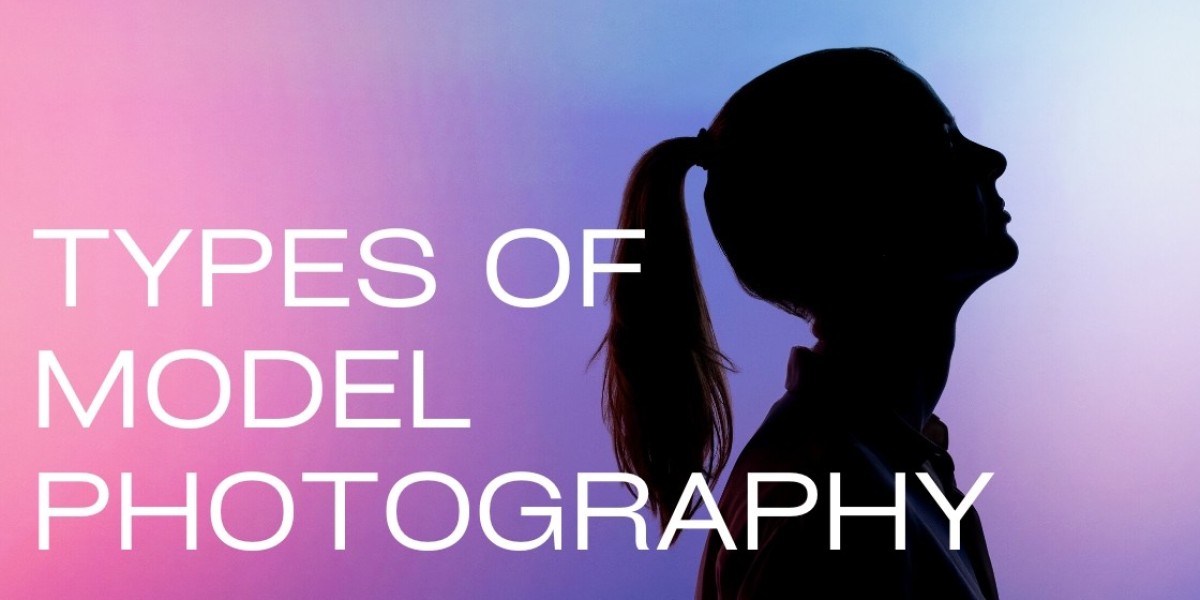In the world of photography, model photography holds a special place. It's a genre that combines the art of capturing beauty, fashion, and personality. Whether you're an aspiring photographer looking to showcase your work or a model wanting to display your portfolio, presenting model photography online is crucial in today's digital age. In this article, we'll delve into the various types of model photography and explore effective ways to present them online, ensuring your work gets the recognition it deserves.
Types of Model Photography
1. Fashion Photography
Fashion photography is perhaps the most well-known type of model photography. It focuses on showcasing clothing, accessories, and the overall style of a model. Fashion photographers strive to create visually stunning images that highlight the latest trends and designs. When presenting fashion photography online, consider using a portfolio website to organize your work into categories such as editorial, runway, and lookbook shoots. Each category should have its own gallery, making it easy for viewers to navigate and appreciate your fashion-focused imagery.
2. Portrait Photography
Portrait photography revolves around capturing the essence and personality of a model. It often involves close-up shots that emphasize the subject's facial features and expressions. When displaying portrait photography online, create a dedicated gallery that showcases your ability to connect with your subjects. Use a mix of color and black-and-white portraits to demonstrate your versatility. Providing a brief description or story behind each portrait can engage viewers on a deeper level, allowing them to connect with your work emotionally.
3. Commercial Photography
Commercial photography involves creating images for advertising and promotional purposes. This type of model photography requires attention to detail and the ability to convey a brand's message effectively. When presenting commercial photography online, consider grouping your work by client or industry. This allows potential clients to see your experience in specific niches. Make sure to include behind-the-scenes photos or descriptions of your creative process to showcase your professionalism and dedication.
4. Boudoir Photography
Boudoir photography is an intimate and sensual genre that focuses on capturing the beauty and confidence of the model. It often includes lingerie or partially clothed shots. When displaying boudoir photography online, be mindful of privacy and consent. Always obtain the model's permission before sharing such images. Create a separate, password-protected section on your website for boudoir photography, ensuring only authorized viewers can access it. Highlight your ability to create a comfortable and empowering environment for your clients.
5. Artistic and Fine Art Photography
Artistic and fine art photography allow for creative expression and experimentation. It often involves unconventional techniques, composition, and editing. When showcasing artistic and fine art model photography online, emphasize your unique style and vision. Describe the inspiration behind each piece and the creative process you followed. Use your online platform to tell a story through your art, engaging viewers with your creativity and thought-provoking imagery.
How to Present Your Model Photography Online
Now that we've explored the various types of model photography, let's discuss how to effectively present your work online to gain recognition and potential clients.
1. Create a Stunning Portfolio Website
A portfolio website is your digital storefront, showcasing your best work and providing a professional online presence. Choose a clean and user-friendly design that allows visitors to easily navigate through your galleries. Ensure that your website is mobile-responsive, as many users browse on smartphones and tablets.
2. Organize Your Work
Categorize your model photography into different types, as discussed earlier. Each category should have its own gallery or page. This organization helps viewers find the specific type of photography they are interested in, making their experience enjoyable and efficient.
3. High-Quality Images
Ensure that the images you upload are of the highest quality. Invest in professional editing software to fine-tune your model photographs, enhancing colors, contrast, and clarity. High-resolution images not only look more appealing but also convey your dedication to quality.
4. Tell a Story
Accompany your photographs with compelling descriptions or stories. Share your thoughts and experiences related to each photoshoot. This personal touch adds depth to your work and allows viewers to connect with you on a more emotional level.
5. Blog About Your Journey
Consider adding a blog section to your website where you can share your photography journey, tips, and insights. Blogging not only keeps your website fresh with new content but also positions you as an expert in your field.
6. Social Media Integration
Integrate social media buttons on your website, allowing visitors to easily share your work on their own social platforms. Additionally, maintain active social media profiles where you regularly post your model photography. Social media is an excellent way to reach a broader audience and engage with potential clients.
7. Contact Information
Make it simple for potential clients to get in touch with you. Include a dedicated contact page with a contact form and your email address. Respond promptly to inquiries to demonstrate your professionalism and commitment.
8. Testimonials and Reviews
Display testimonials and reviews from satisfied clients on your website. Positive feedback builds trust and credibility, making it more likely for potential clients to choose your services.
Conclusion
In the realm of model photography, your online presence can make or break your career. Each type of model photography demands its own approach and presentation style. Whether you specialize in fashion, portrait, commercial, boudoir, or artistic photography, a well-organized and visually appealing portfolio website is essential.
By showcasing your work effectively online, you can attract a broader audience, connect with potential clients, and establish yourself as a professional in the industry. Remember to tell a story with your images, engage with your audience through social media, and maintain a strong online presence through blogging and regular updates.
In this digital age, the world is at your fingertips. Use the power of the internet to present your model photography in a way that captivates and inspires, ensuring that your talent receives the recognition it truly deserves.



